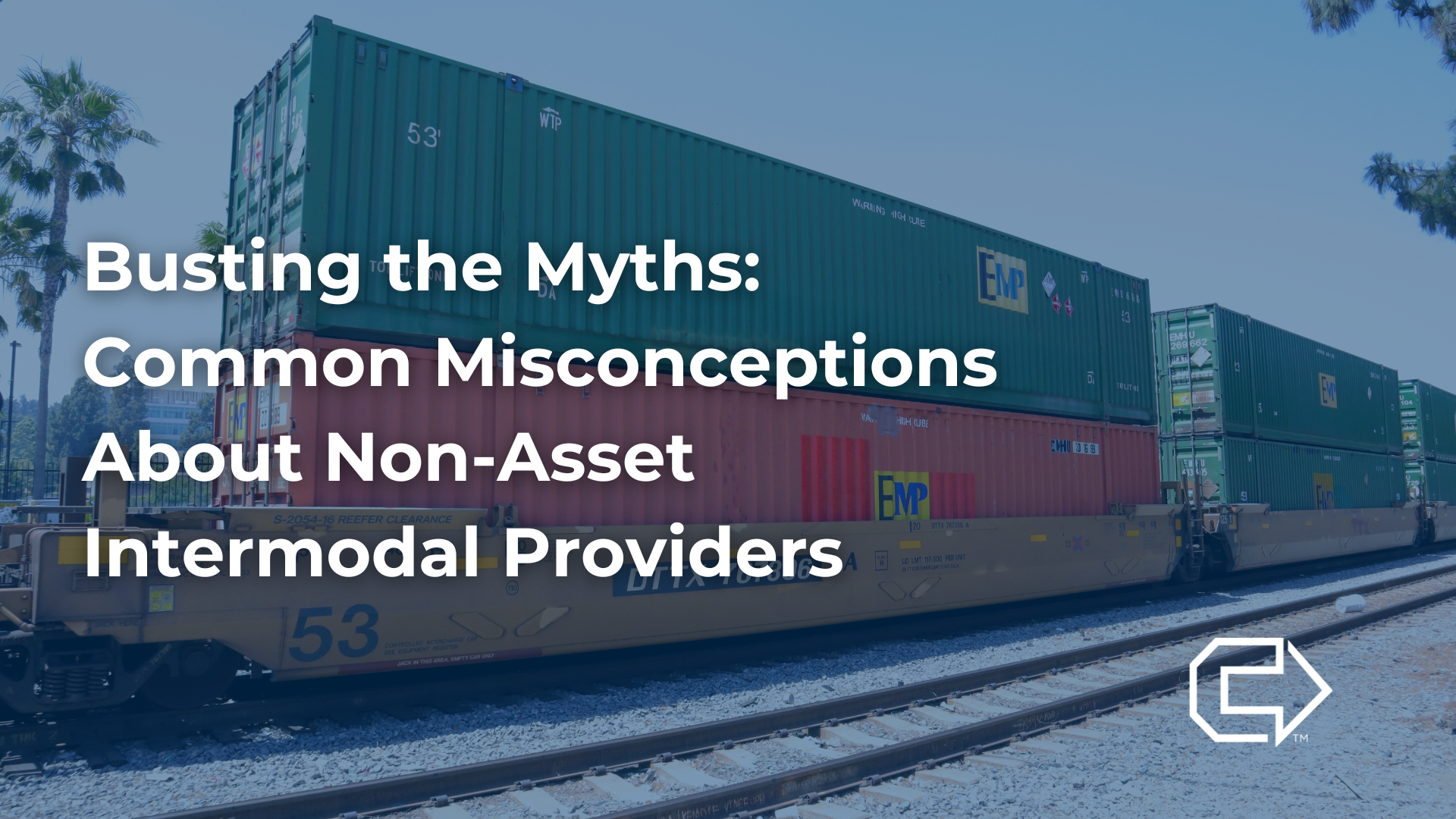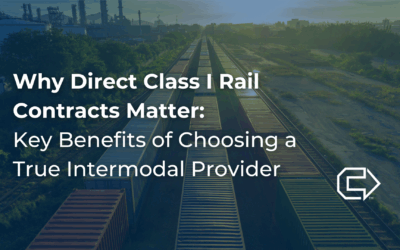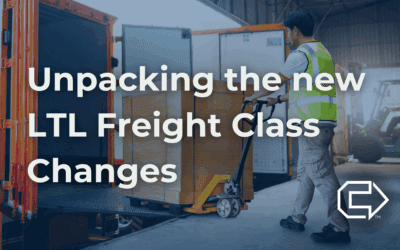Shippers are constantly seeking balance between cost, service, and flexibility. Intermodal transportation is often the answer, but one common hurdle is the misconception shippers have about working with non-asset intermodal providers.
It’s time to separate fact from fiction. Here are some of the most common myths and the reality behind them.
Myth #1: Asset providers are always cheaper.
This is perhaps the most widespread misconception. Many shippers assume that because asset-based intermodal providers own their containers, chassis, and equipment, they automatically deliver the lowest cost.
Reality: Cost depends on the lane, the network density, and the provider’s ability to optimize capacity. Non-asset providers often have the advantage of tapping into multiple railroads, drayage partners, and equipment pools. This flexibility allows them to align the right capacity with the right lane at the right price – something an asset provider may not be able to do if their network is limited.
Myth #2: Non-asset providers don’t control service.
Shippers often believe that a non-asset intermodal provider acts simply as a broker, lacking the ability to manage service quality.
Reality: The best non-asset providers act as true orchestrators of service. They leverage relationships with multiple railroads and dray partners, monitor performance across the network, and use technology to track shipments in real time. In many cases, this actually creates more accountability, not less, because the provider has options when service issues arise.
Myth #3: Visibility is better with asset providers.
Another assumption is that asset providers offer better tracking because they own the containers.
Reality: Non-asset providers like Cornerstone invest heavily in technology platforms that aggregate visibility across all carriers and railroads. Instead of being locked into one network’s system, shippers get a single point of truth across multiple providers. This aggregated visibility can be more robust and actionable than what an asset-only provider offers.
Myth #4: Non-asset providers are just middlemen.
It’s easy to underestimate the strategic value of a non-asset partner by viewing them as a pass-through between the shipper and the railroad.
Reality: Non-asset providers thrive on flexibility. They can access multiple Class I railroads, scale capacity up or down based on seasonality, and tailor solutions to unique supply chain challenges. Their role is not just to “move boxes” but to design and manage intermodal solutions that align with the shipper’s business goals.
Myth #5: Asset ownership equals reliability.
Some shippers feel more secure when their provider owns the equipment, assuming this translates directly to service reliability.
Reality: Asset ownership can limit flexibility. When an asset provider’s network is stretched thin, options are limited. A non-asset provider can pivot to alternative routes, partners, or equipment sources to keep freight moving. In an unpredictable market, that agility is often more valuable than equipment ownership.
The Bottom Line
Non-asset intermodal providers bring cost competitiveness, service flexibility, and network resiliency that asset providers can’t always match. While asset providers play an important
role in the intermodal ecosystem, the belief that they are automatically cheaper, more reliable, or more transparent is simply not true.
For shippers who want the best combination of cost, capacity, and control, non-asset providers often deliver the advantage.
Discover how Cornerstone can complete your intermodal network. Request your quote today.






